Zürich: They are known for putting a cape on the United Nations Building in New York (in a collage, at least), but how do they go about dressing their own home in Zürich, Switzerland? Trix and Robert Haussmann, both architects, have lived close to the Lake of Zürich for 45 years. Opposing the widespread tendency of architects to tear down buildings in order to build new ones, the couple has been layering layer upon layer of their own design upon their typical working class house, initially used by the conductors of Zürich’s very first tram. Since then, the house has become a place for them to live in, an office, an impromptu museum, and a mirror cabinet. After I arrive we play a quick game inspired by Jean Arp’s loi du hasard, in which the visitor to the house throws a cut-out circle, triangle, and square onto a white sheet of paper while Trix Haussmann takes pictures of the impromptu compositions. Then we delve into conversation about the art of collecting paintings that almost eat you, which of the two does the cooking, who designs the kitchens, and what it means to the Haussmanns when they say that they have found many ‘little bears’ in their life.
This website uses cookies so that we can provide you with the best user experience possible. Cookie information is stored in your browser and performs functions such as recognising you when you return to our website and helping our team to understand which sections of the website you find most interesting and useful.
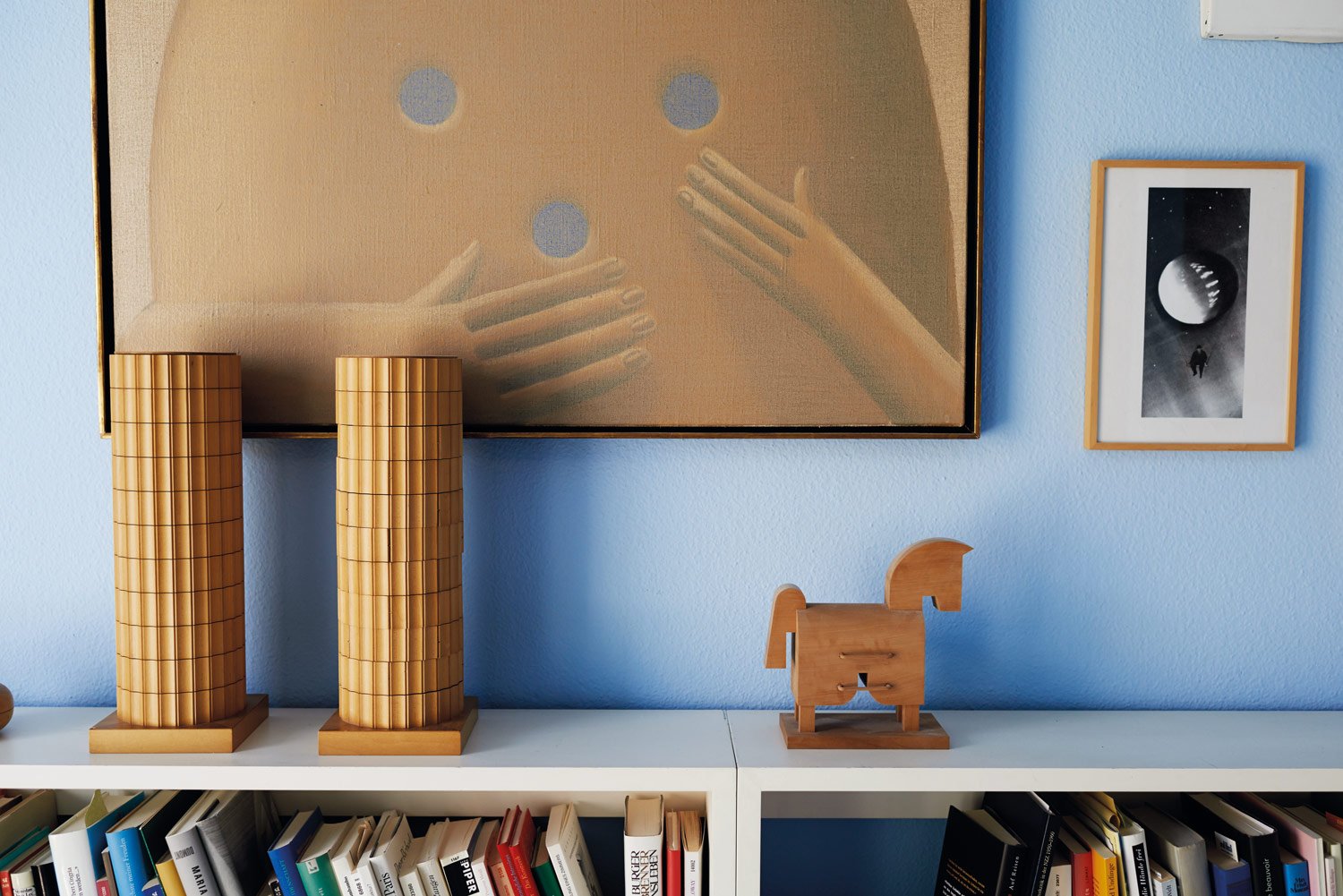
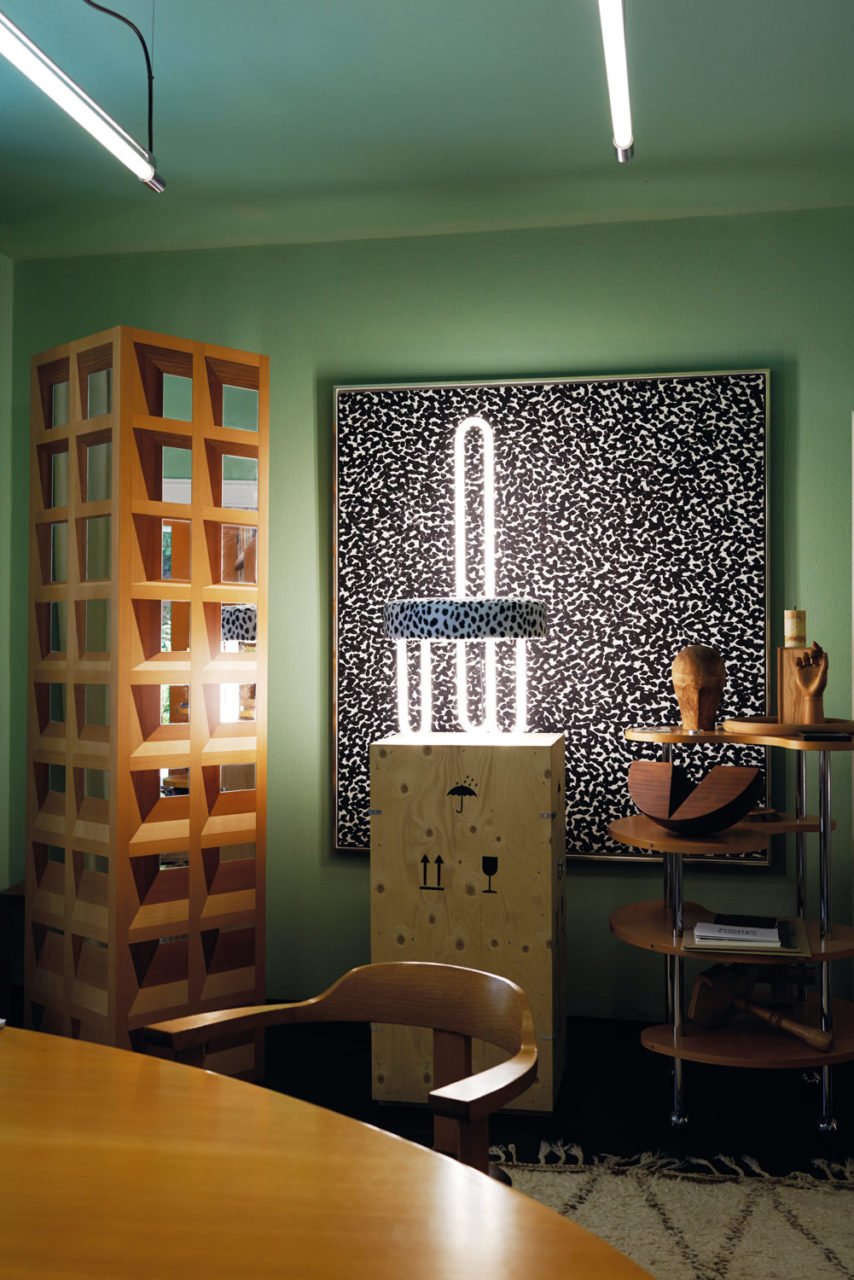
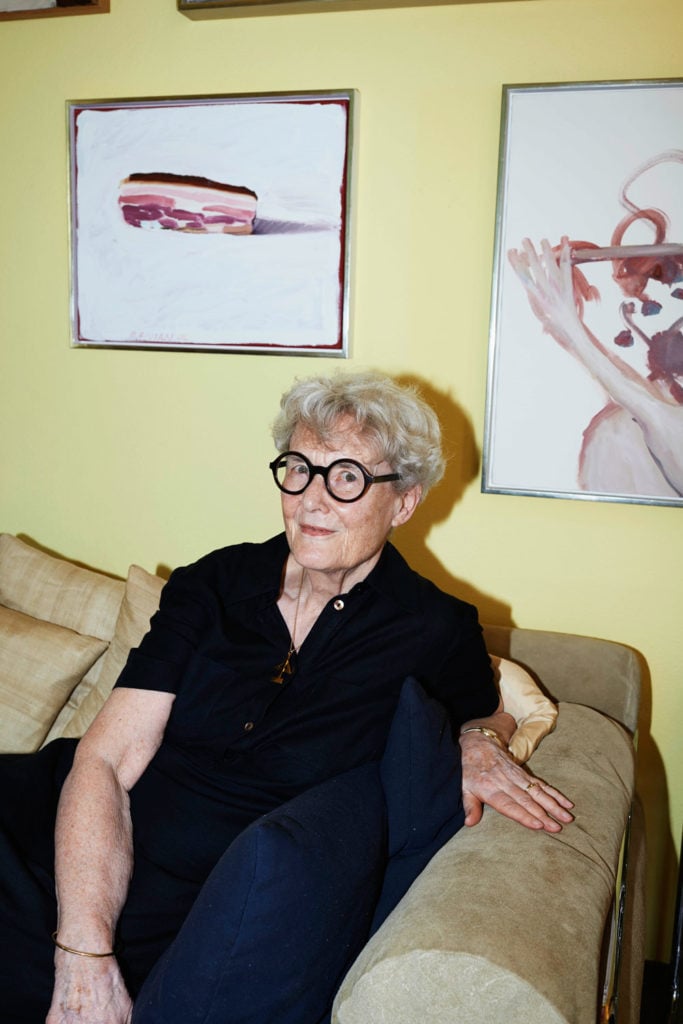
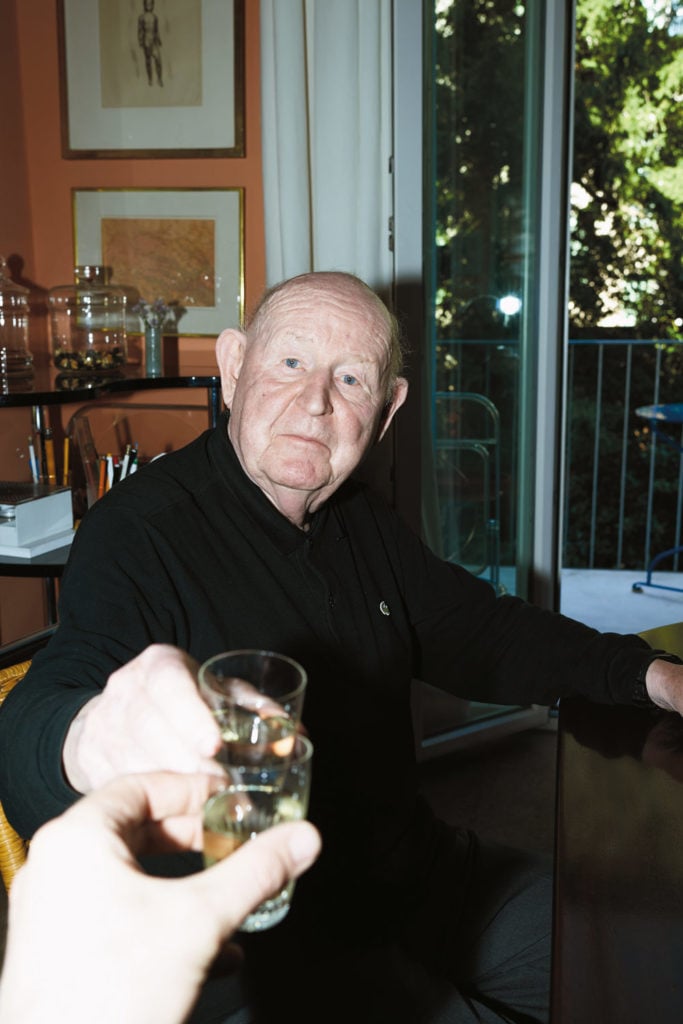
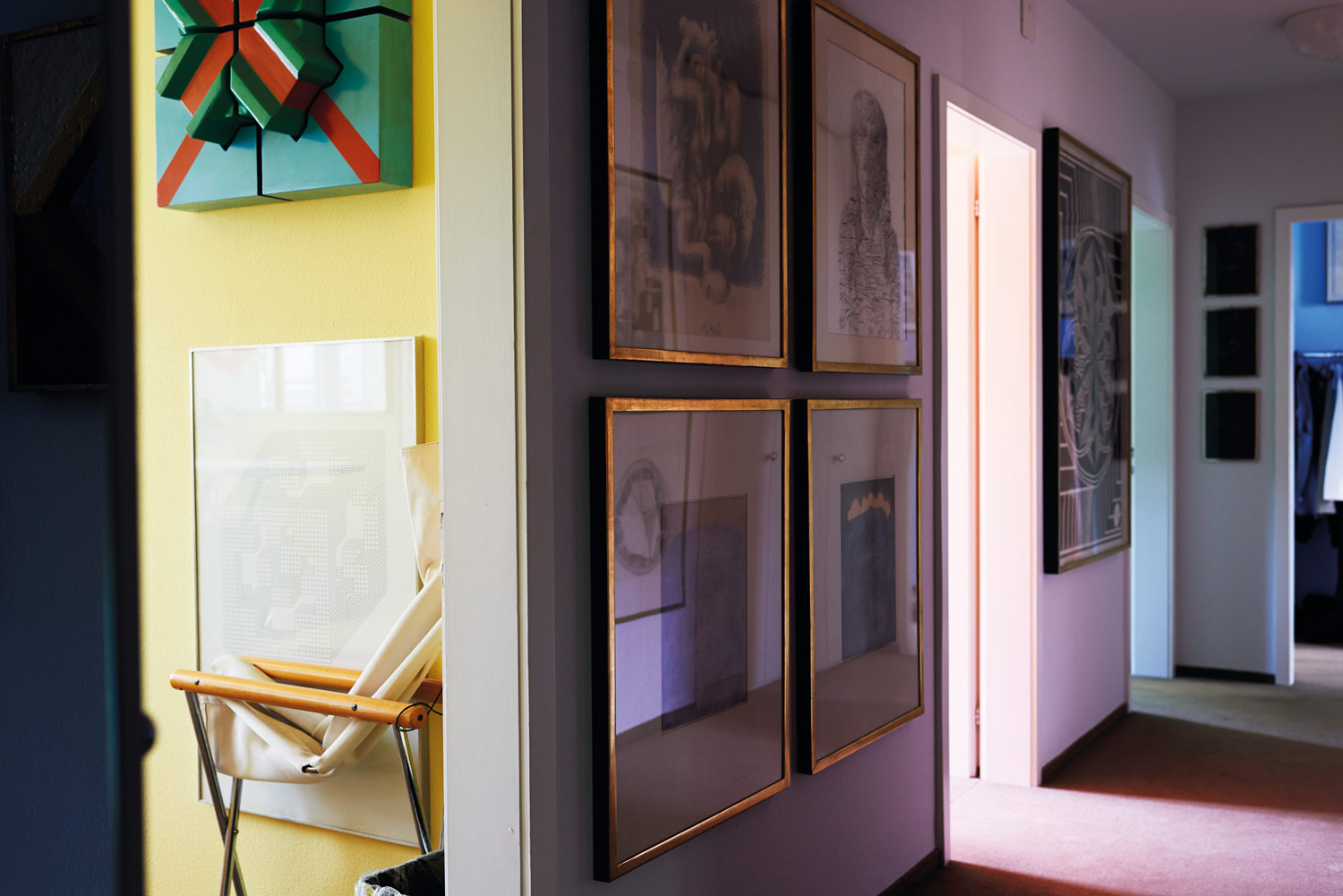
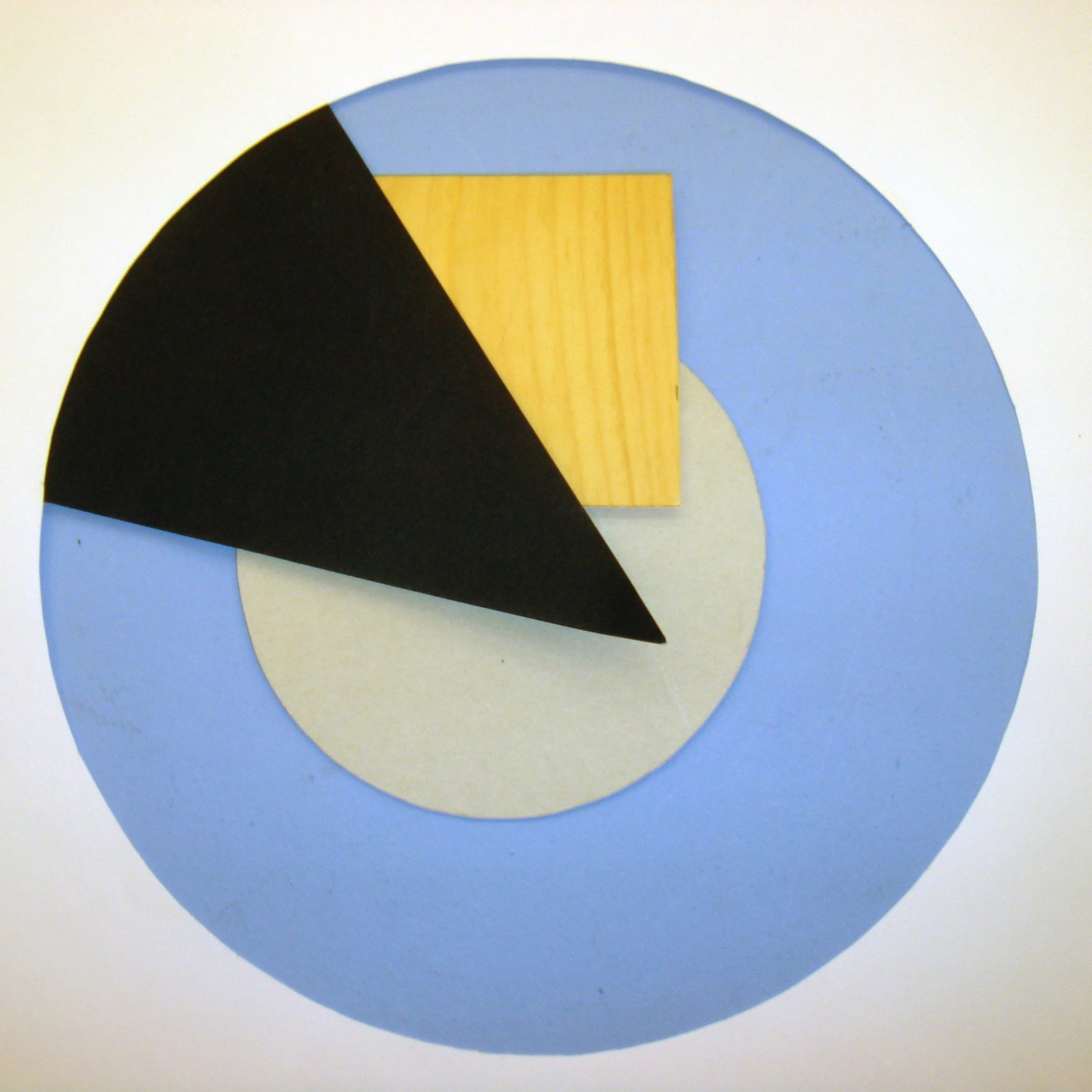
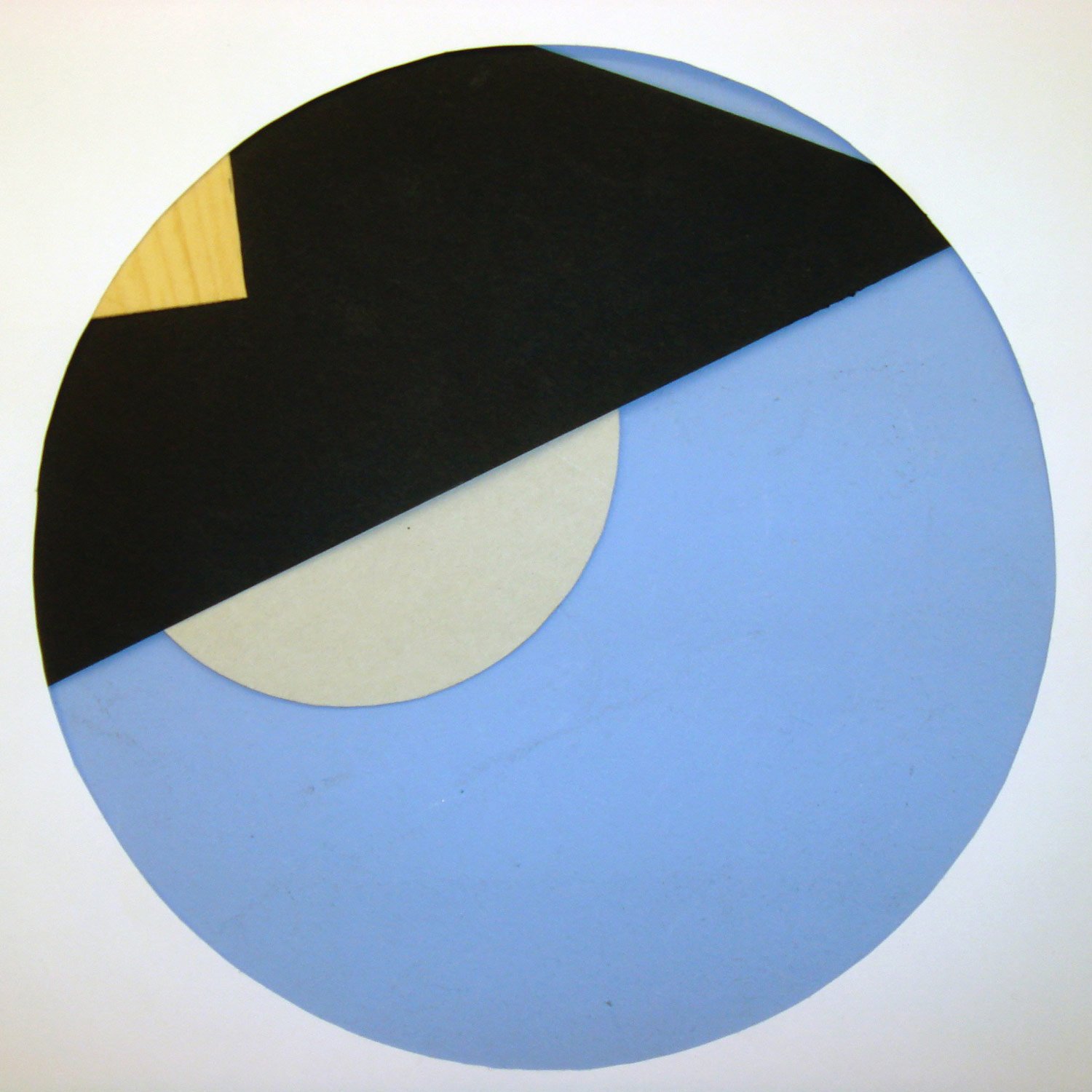
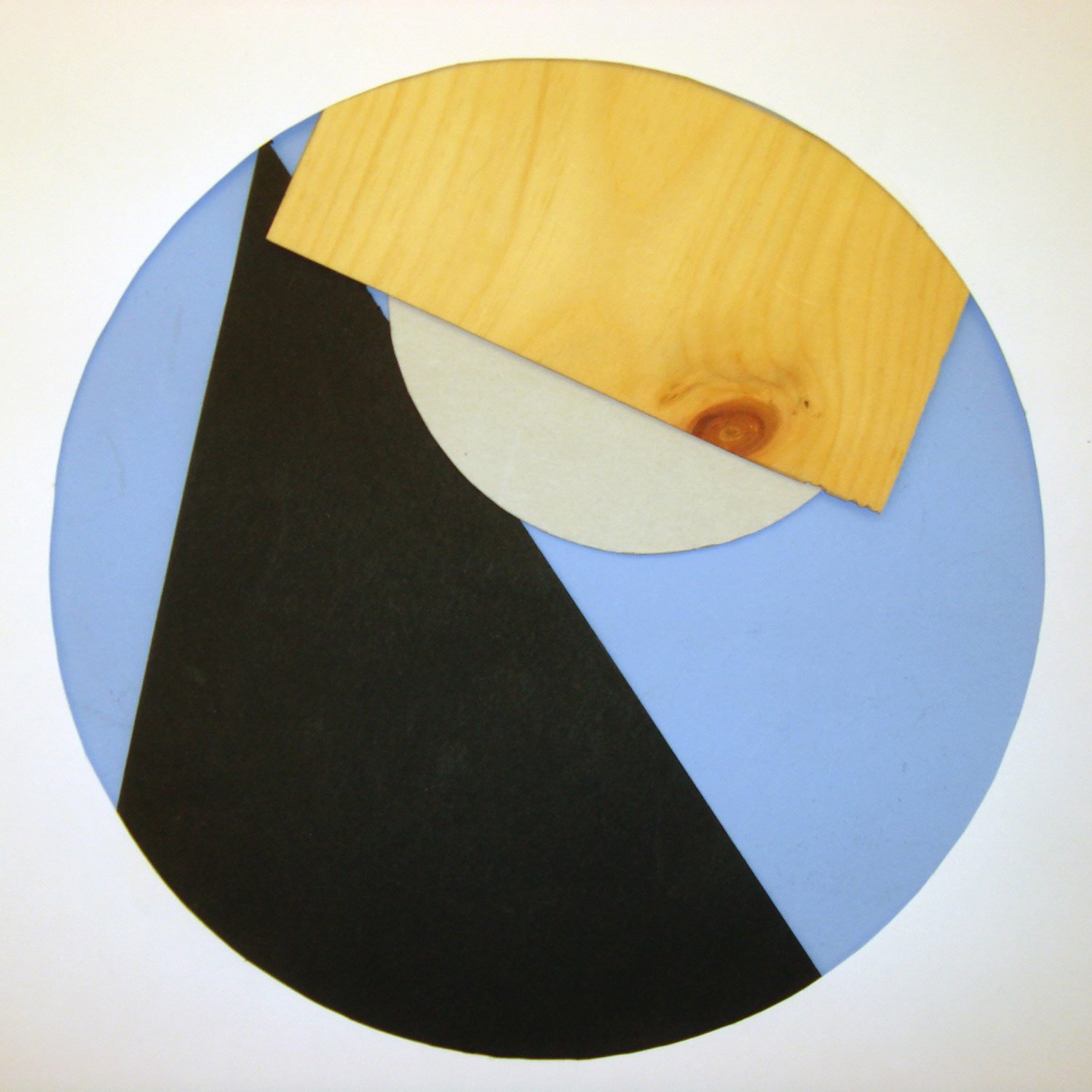
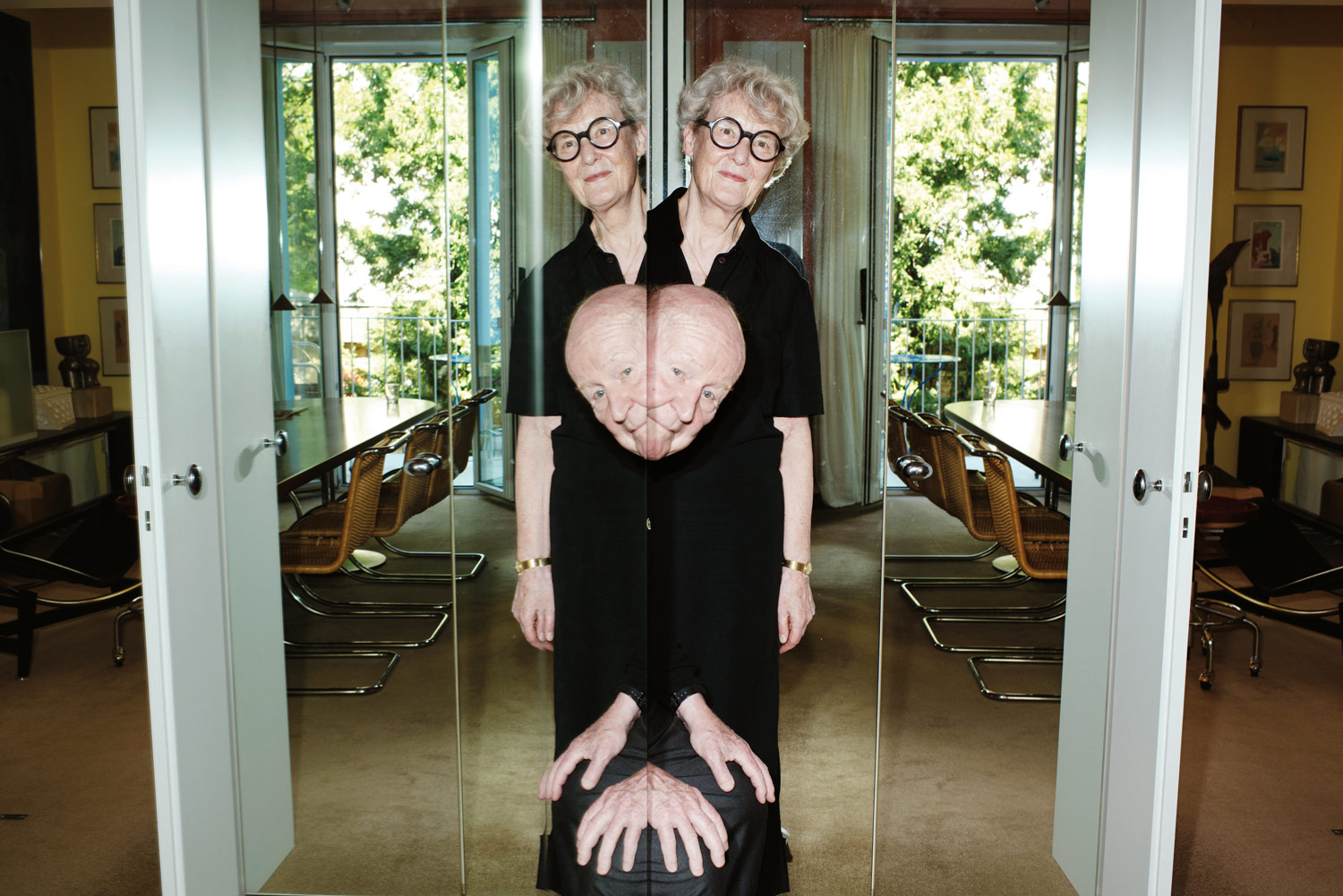
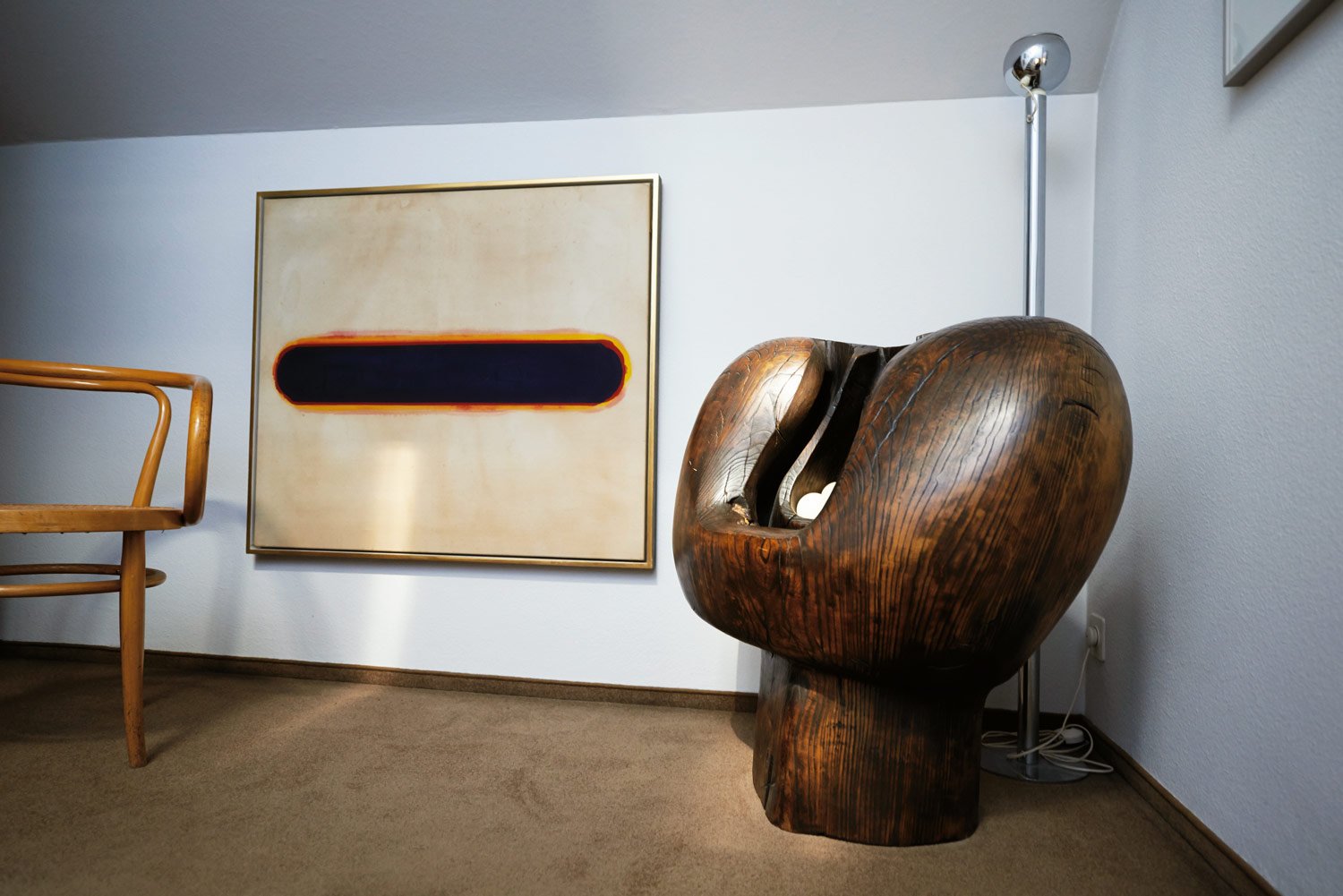
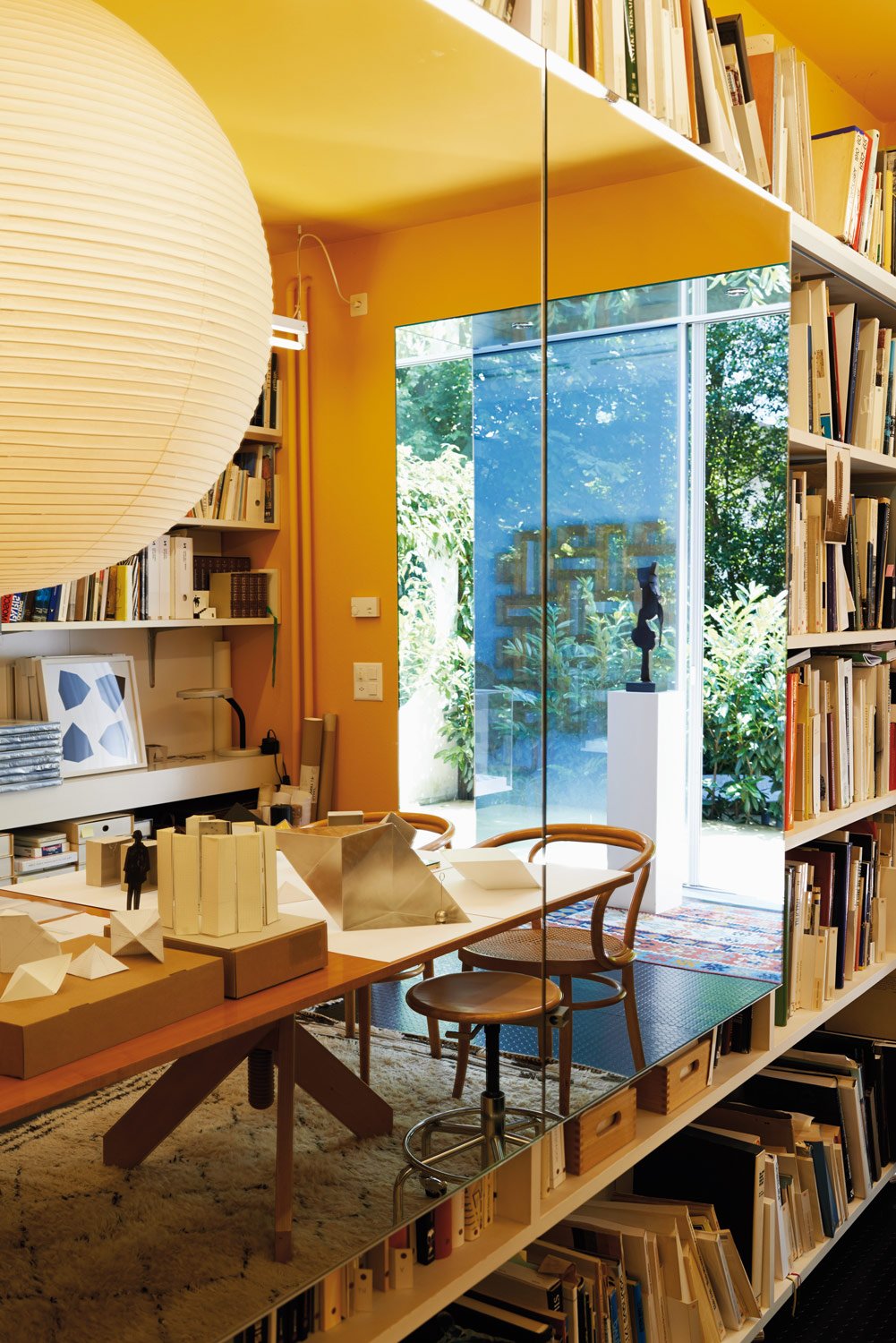
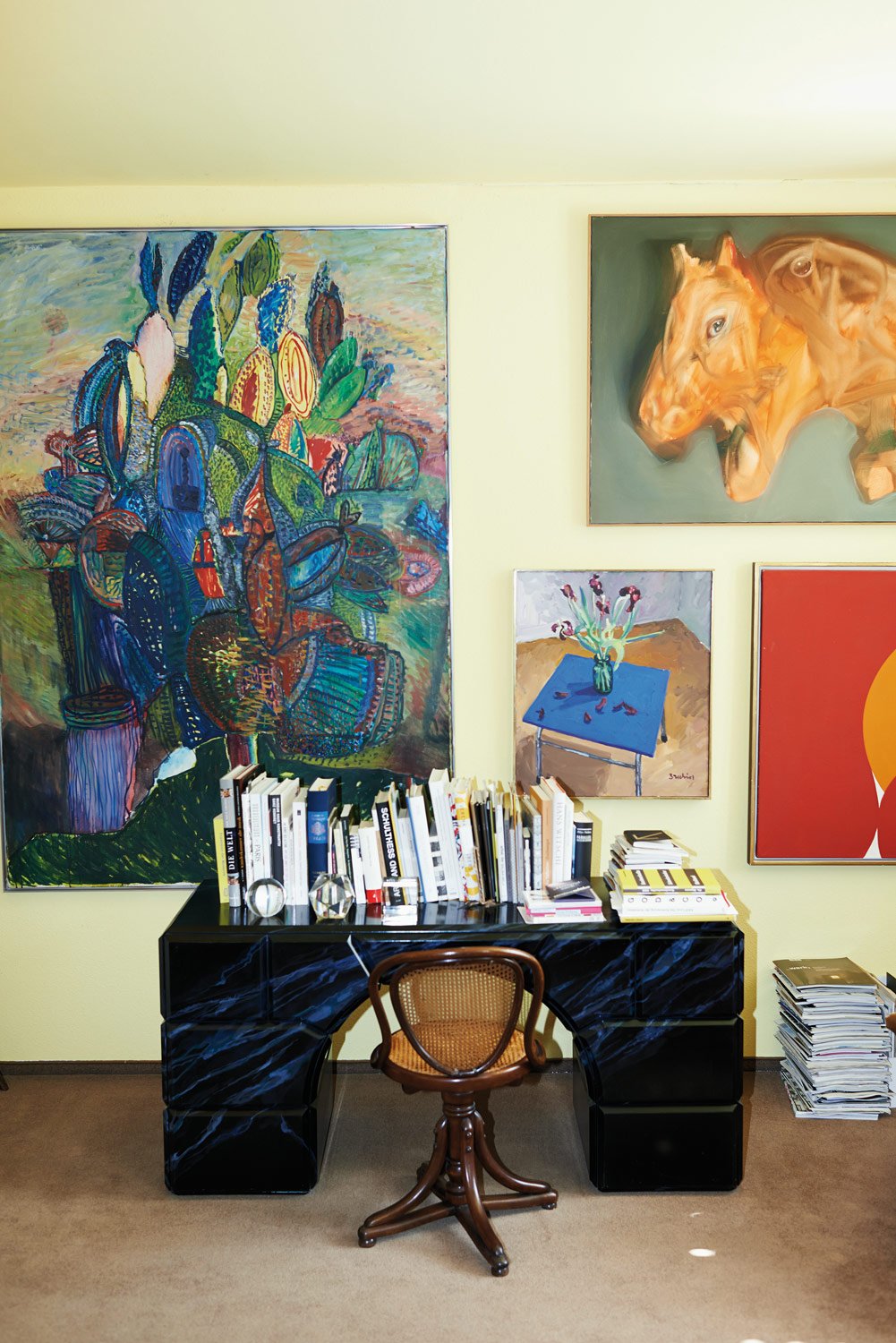
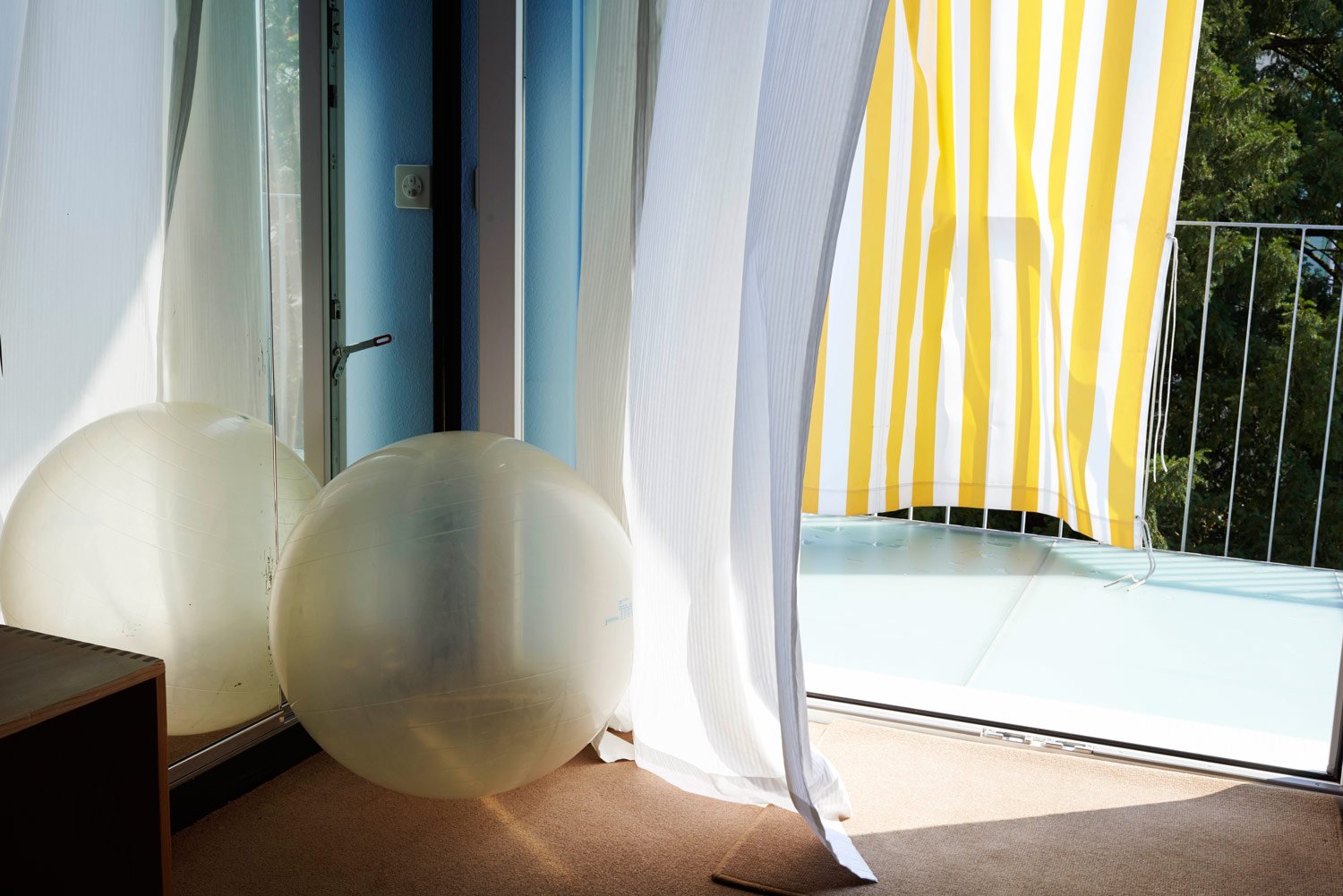
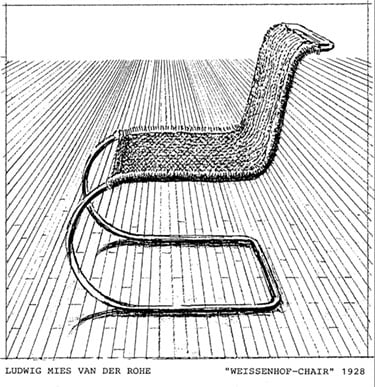
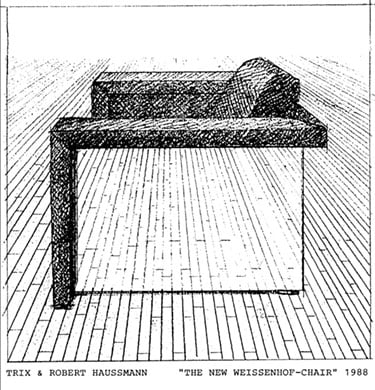
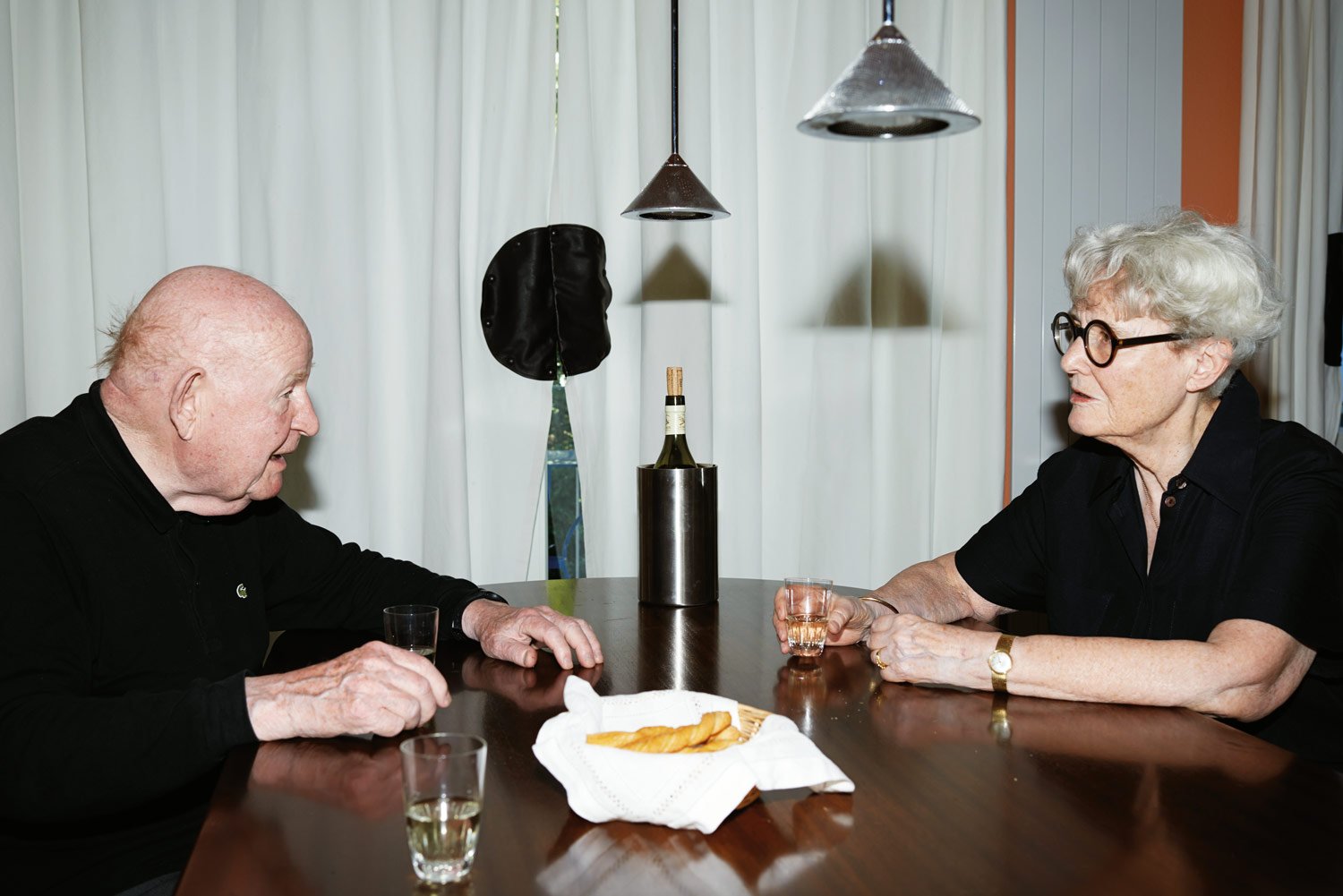
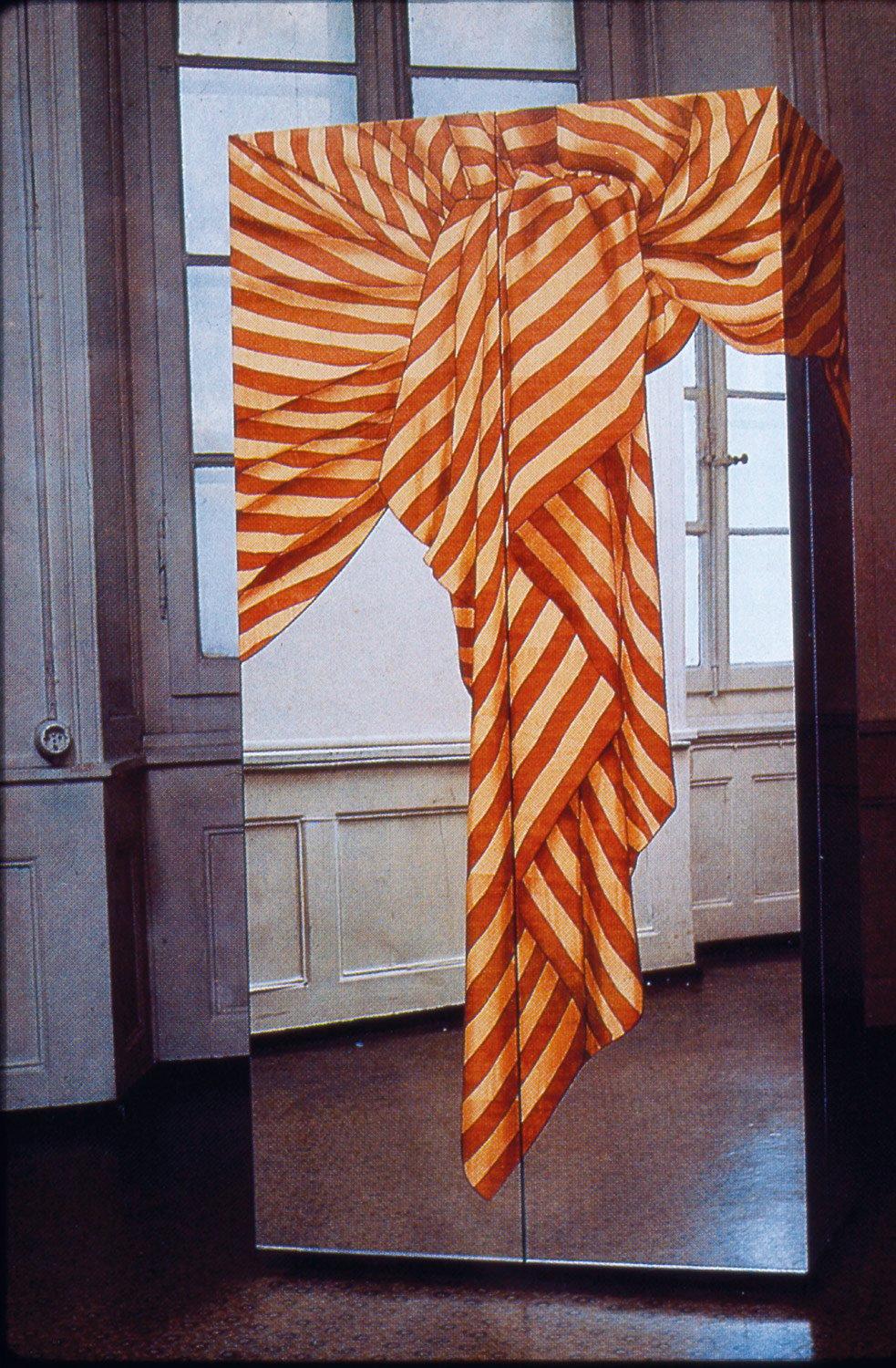

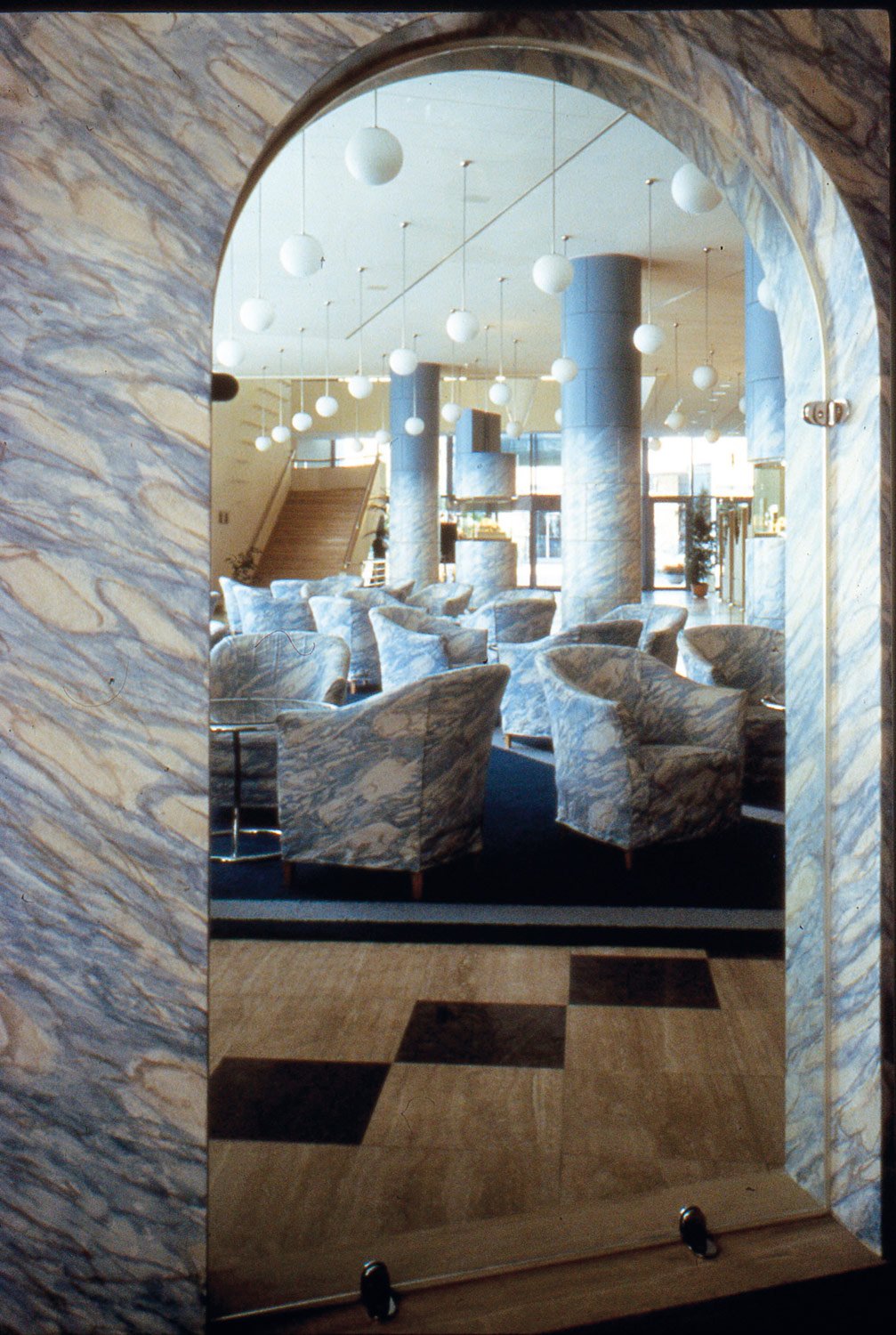
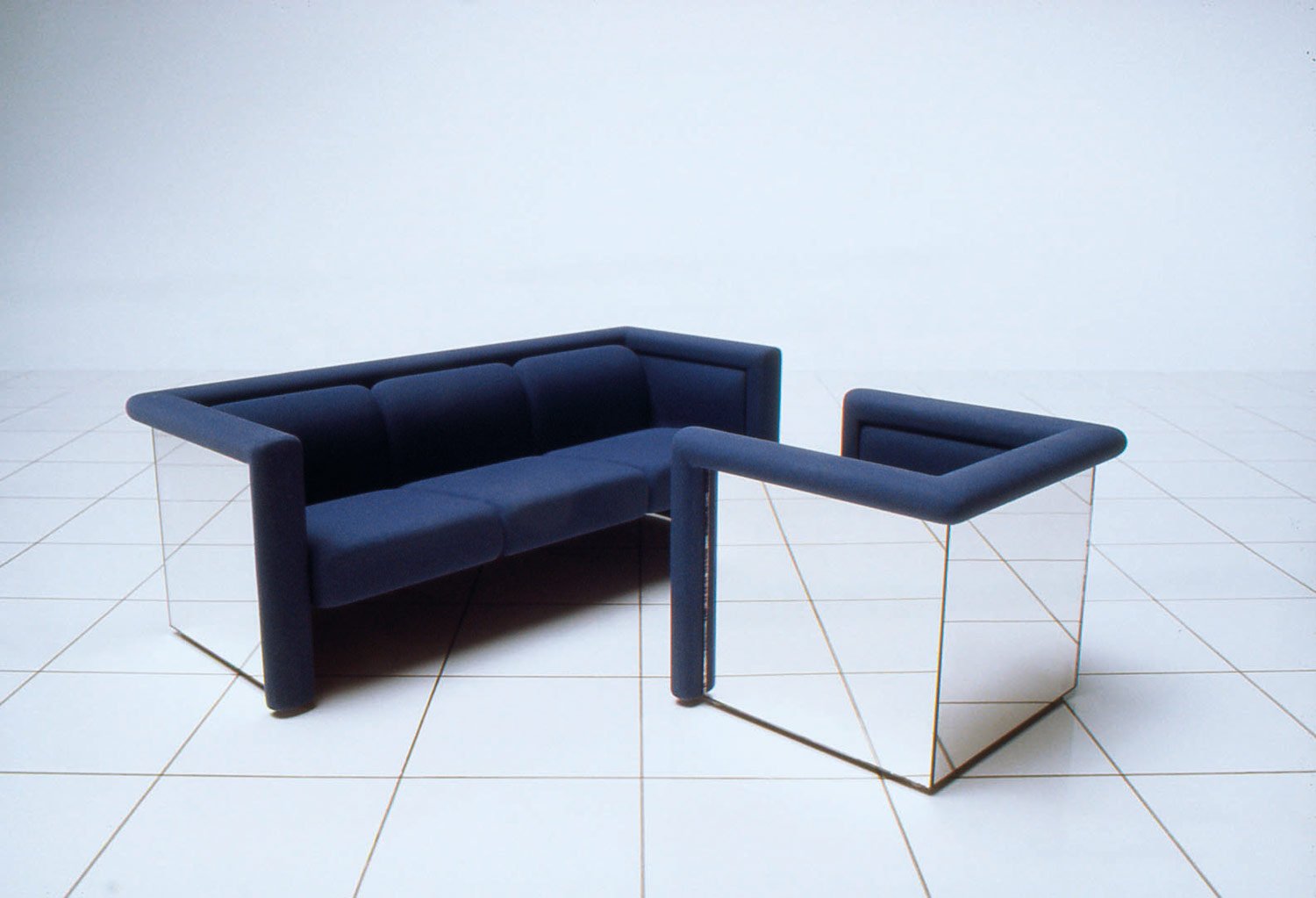
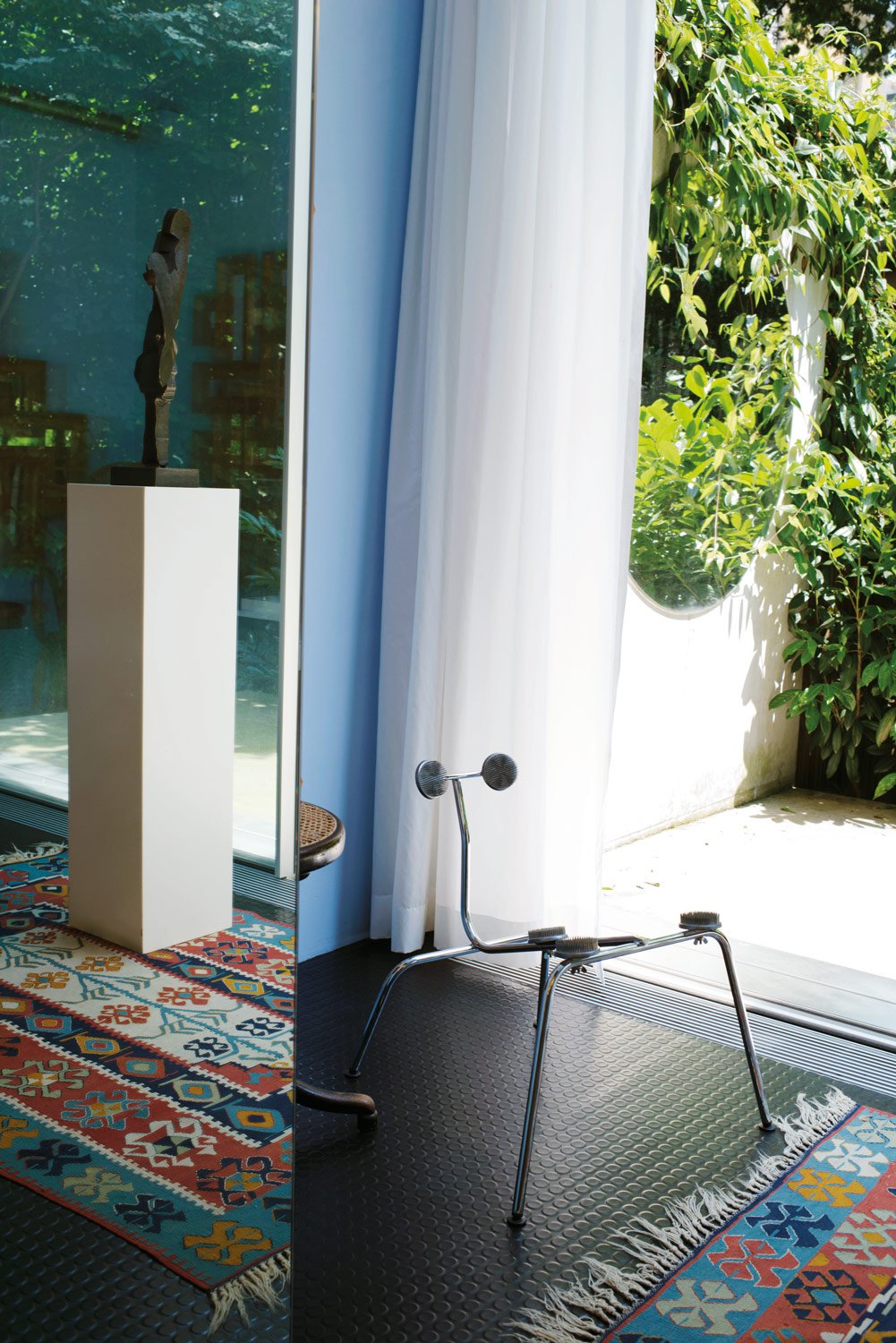
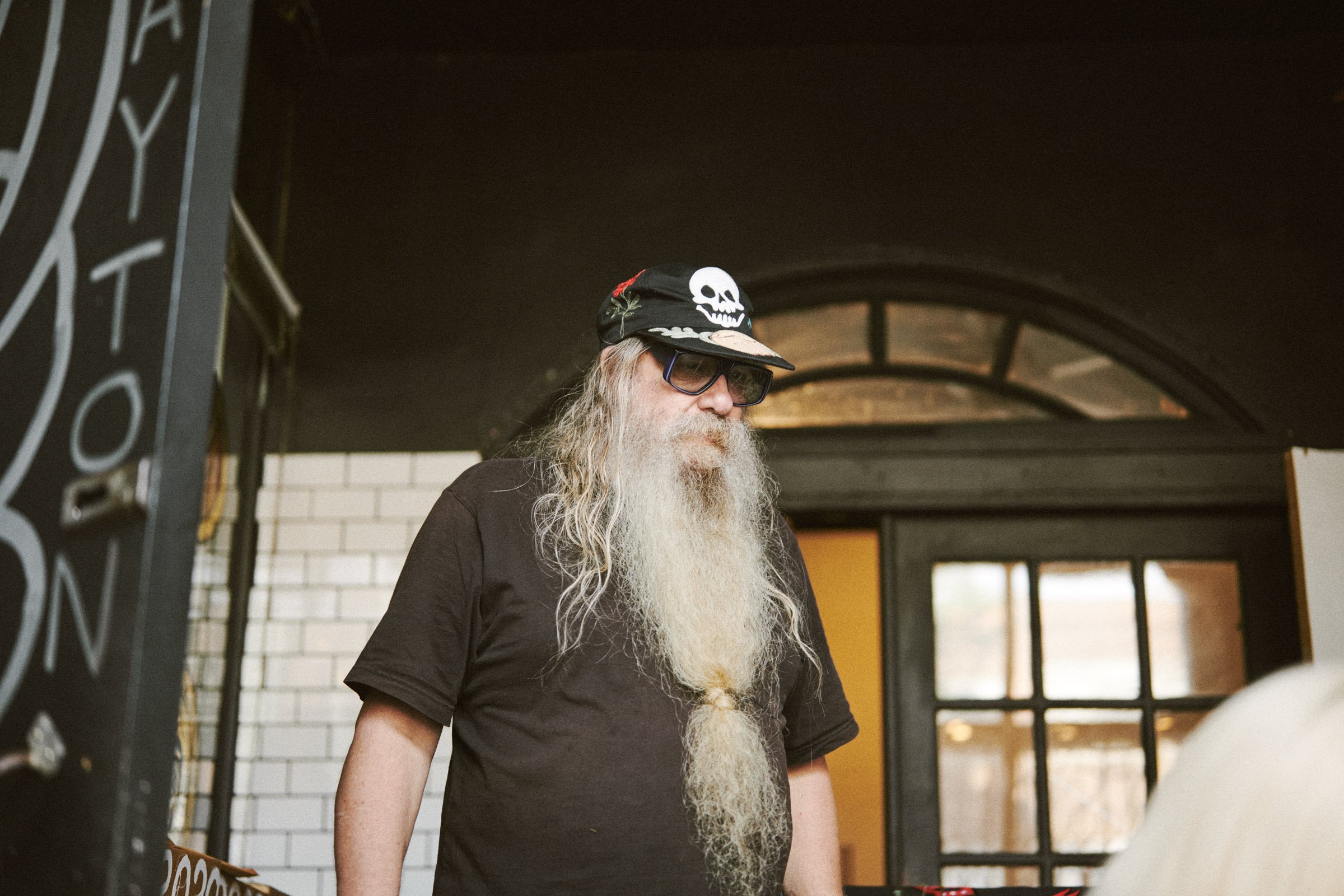
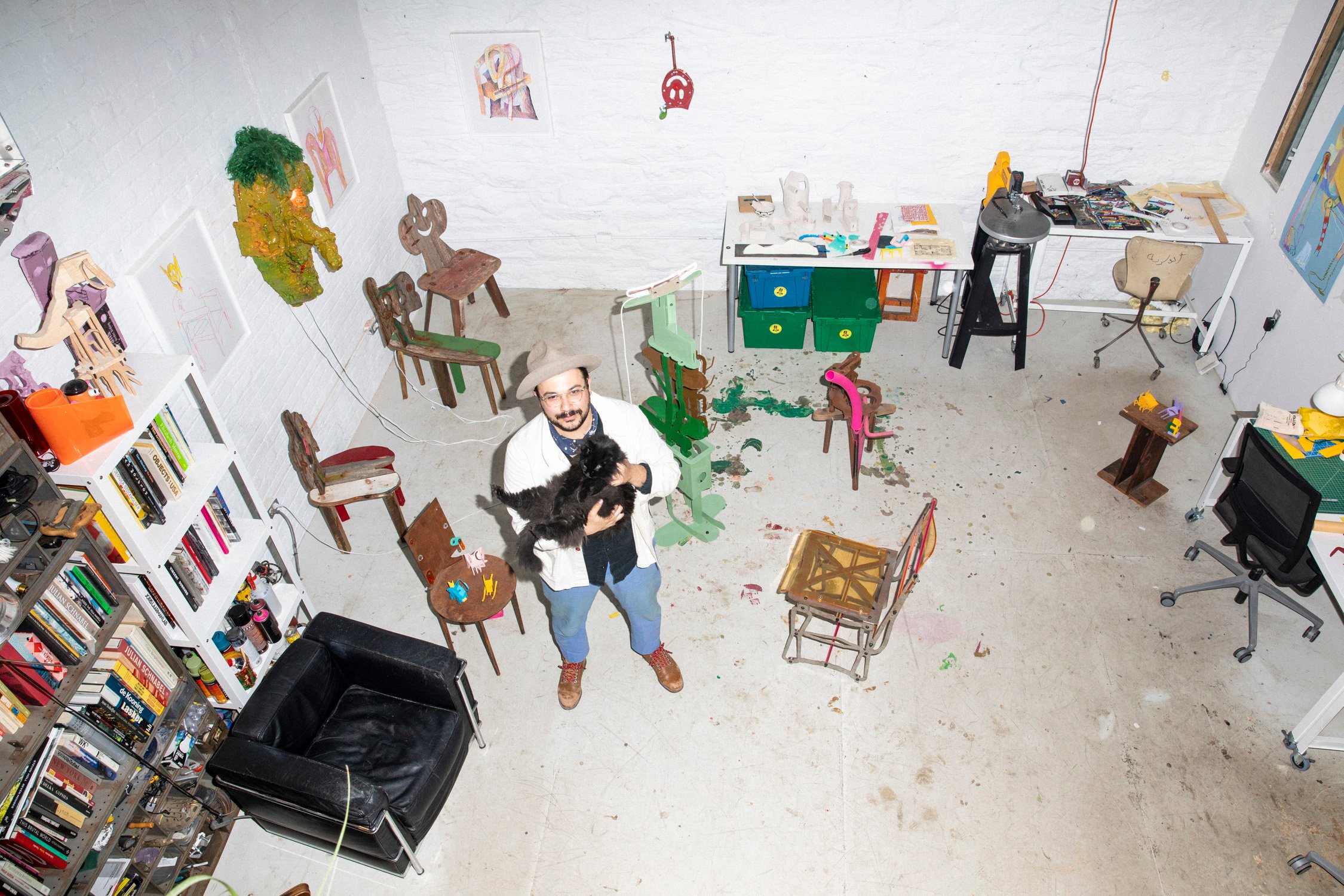

 close
close














